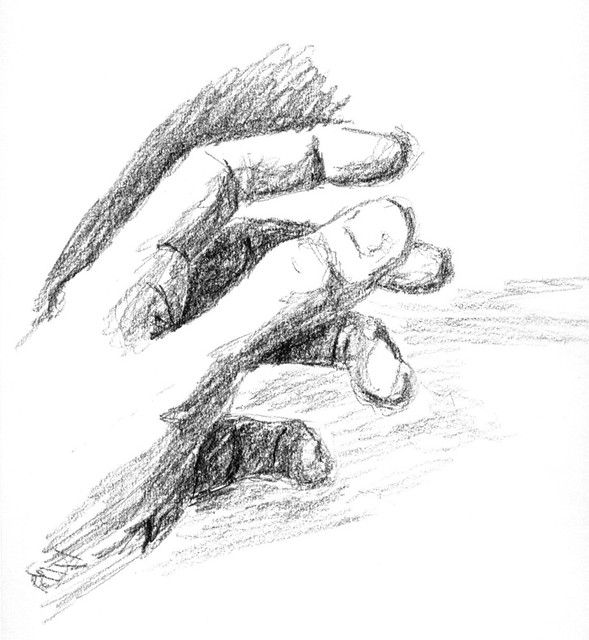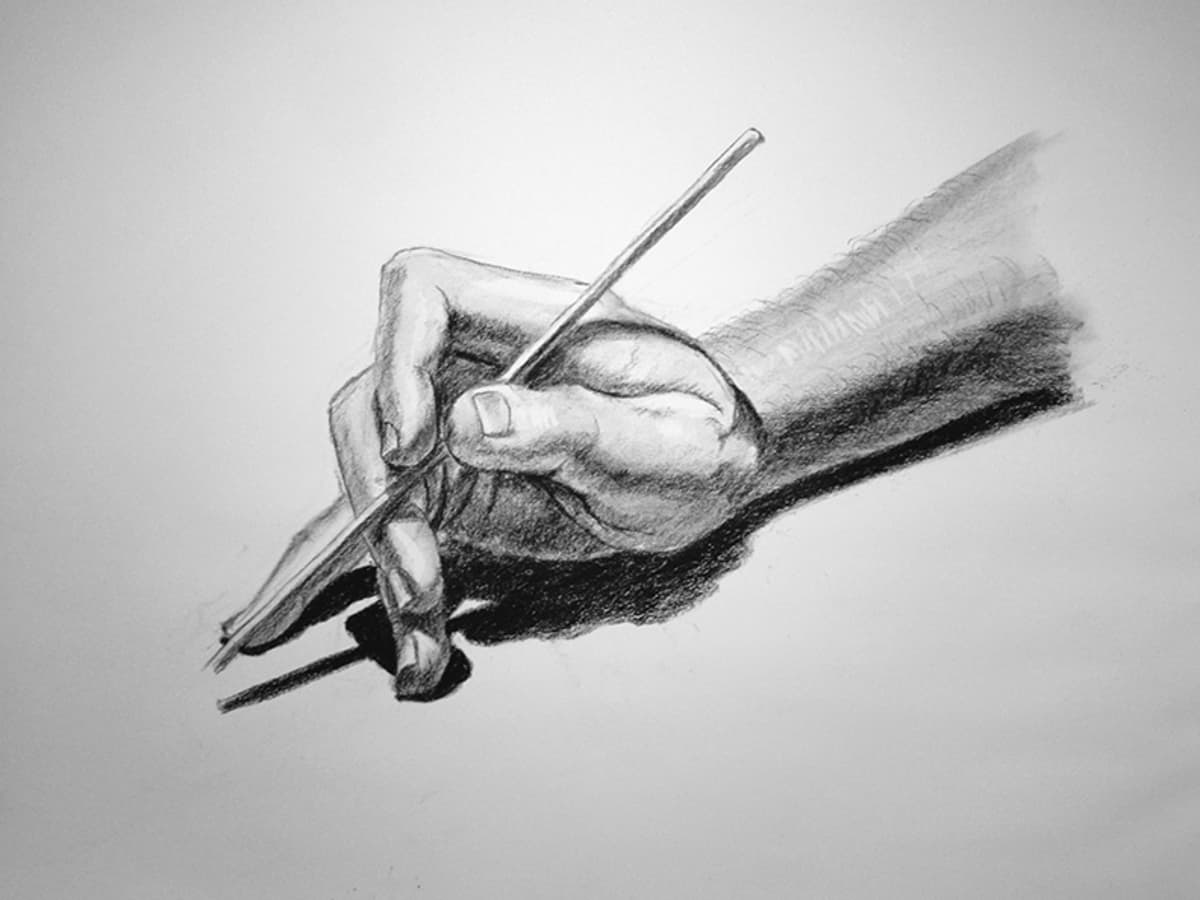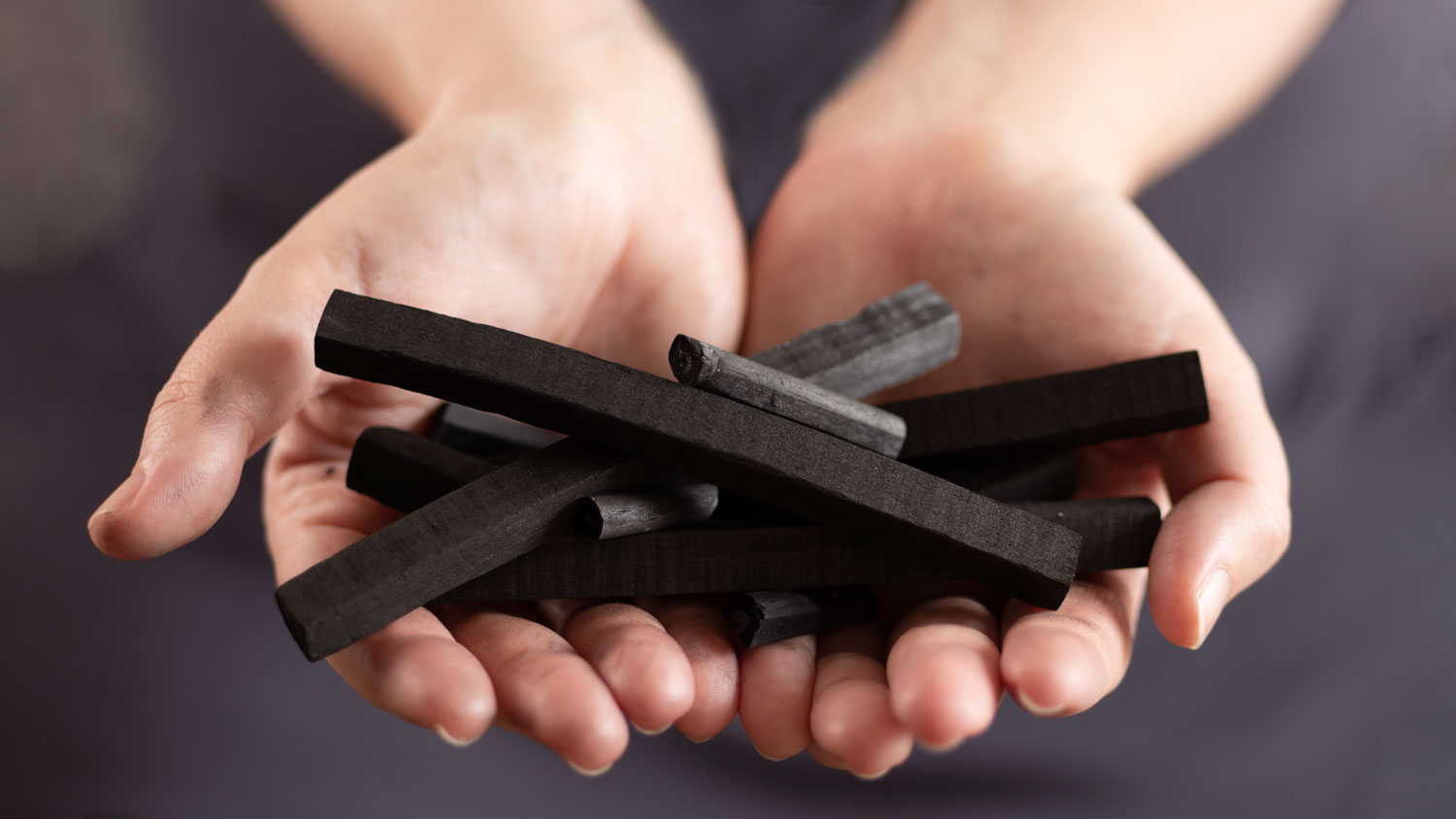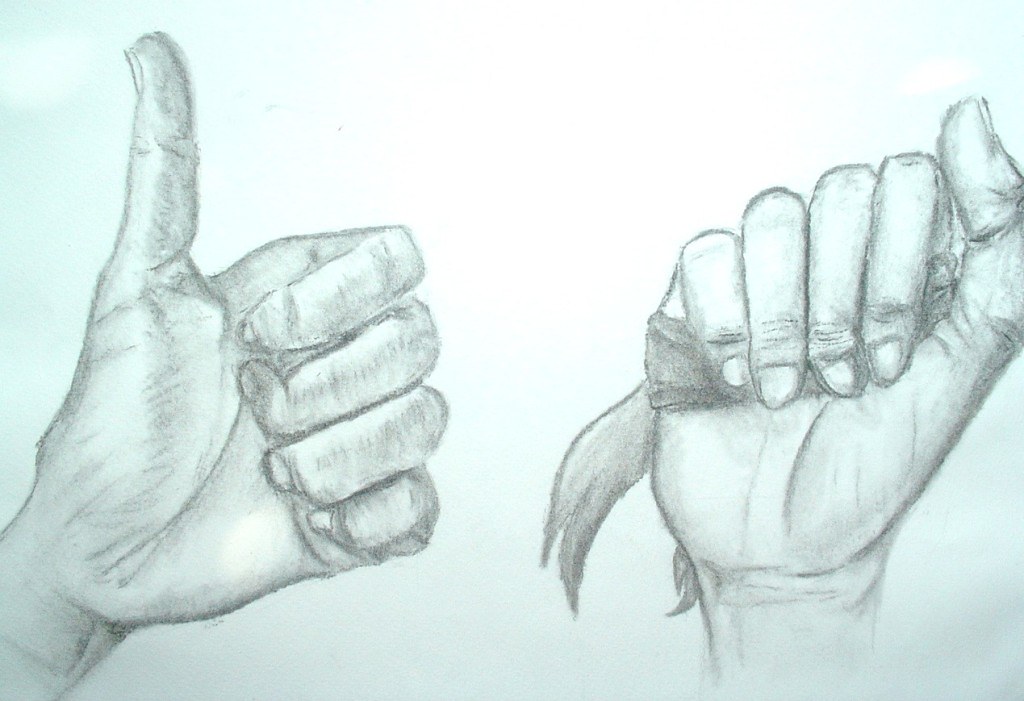Charcoal drawing stands as a timeless medium, celebrated for its versatile expression and the deep, resonant images it can produce. This form of art, relying heavily on the interplay of light and dark, offers artists a unique avenue to explore the essence of shadows. Here, we delve into the core techniques that harness the potential of charcoal, enabling artists to capture the world in striking shades of gray.
Understanding Charcoal Mediums
Choosing the Right Tools
The first step in mastering charcoal drawing involves selecting the appropriate materials. Artists can choose from various forms of charcoal including vine, compressed, and pencil forms. Vine charcoal, soft and easily erasable, is ideal for sketches and preliminary outlines. Compressed charcoal, offering a darker, more intense line, is perfect for final details and deep shadows. Charcoal pencils, combining the precision of a pencil with the depth of charcoal, are great for details and fine lines.
Preparing the Surface
The choice of paper significantly impacts the outcome of a charcoal drawing. Rough textures capture more charcoal, creating deeper, more intense shadows, while smoother surfaces are best for detailed work. Priming the paper with a light layer of charcoal dust can also provide a mid-tone ground, helping to establish a balanced composition from the start.

Developing Drawing Techniques
Mastering Light and Shadow
The essence of charcoal drawing lies in the artist’s ability to manipulate light and shadow. To create depth and volume, it is crucial to identify the light source and understand how it interacts with the subject. By establishing the darkest areas and working towards lighter tones, artists can achieve a realistic representation of light. Techniques such as hatching and cross-hatching can add texture and gradation to these areas.
Blending for Smooth Transitions
Smooth gradients are vital for realistic charcoal drawings. Artists can use tools like blending stumps, tissues, or even their fingers to soften and blend charcoal, eliminating harsh lines between light and dark areas. This technique is especially useful for creating the illusion of roundness in objects and adding a soft glow to light sources.

Exploring Creative Applications
Capturing Emotion through Shadows
Charcoal allows for the expression of powerful emotions through the dramatic contrast of light and dark. Artists can experiment with the intensity of shadows to convey mood and atmosphere, using stark contrasts for dramatic effects or subtle gradations for a feeling of calm. The way shadows are rendered can add a sense of mystery or foreboding to a piece, or it can illuminate key features, directing the viewer’s attention.
Dynamic Compositions with Negative Space
Negative space, or the space around and between subjects, can add dynamic interest to a composition. In charcoal drawing, using the darkness of the charcoal to define the edges of objects allows artists to play with perception and focus. This approach requires a keen eye for balance and composition but can produce striking results that challenge the viewer’s expectations.

Refining Skills with Practice
Continuous Learning and Experimentation
As with any art form, practice is essential in charcoal drawing. Regular drawing not only hones technical skills but also develops an intuitive sense of light, shadow, and composition. Experimentation with different techniques and materials can lead to personal breakthroughs and a unique artistic style.
Seeking Inspiration and Feedback
Artists can find inspiration by studying the works of others, from classical masters to contemporary artists. Understanding different approaches to shadow and light can broaden one’s perspective and fuel creativity. Seeking feedback from peers and mentors can also provide valuable insights, helping artists to see their work through new eyes and continue their artistic growth.

Embracing the Full Spectrum of Charcoal
Beyond Black and White
While charcoal is renowned for its striking black tones, its potential to create a vast array of grays opens up a wide spectrum for artists. By controlling the pressure applied to the charcoal, artists can unveil the subtlety of these grays, allowing for a more nuanced approach to shading and texture. Exploring this spectrum encourages a deeper understanding of the medium and enhances the artist’s ability to capture the complexity of their subject matter.
The Power of Erasing
In charcoal drawing, erasers are not merely tools for correcting mistakes, but are instruments of creativity and refinement. With a kneaded eraser, artists have the capability to lift charcoal from the paper, lightening areas or creating highlights. This technique adds another layer of depth and dimensionality to drawings. It’s an invitation to think about drawing in reverse—subtracting darkness to reveal light—and opens up endless possibilities for experimentation and fine-tuning compositions.

Harnessing the Emotive Capacity of Charcoal
Conveying the Intangible
Charcoal, with its capacity for dramatic contrasts and subtle gradations, excels in conveying emotion and atmosphere. The depth achieved through effective shading can evoke a palpable sense of place and mood, making charcoal an ideal medium for expressing the intangible. By focusing on the emotive potential of shadows, artists can craft pieces that resonate on a deeper level with their audience, inviting viewers into a shared emotional experience.
Gesture Drawing with Charcoal
Gesture drawing with charcoal offers a unique way to capture the essence and movement of the subject. This approach emphasizes swift, expressive strokes, allowing the artist to lay down the fundamental emotions or movements before refining details. Charcoal’s responsiveness to quick, gestural marks makes it perfectly suited for this type of drawing, encouraging spontaneity and a direct connection with the subject. This method can also be a valuable warm-up exercise, freeing the artist’s hand and mind, and fostering a more intuitive drawing process.
Beyond the Shadows
Charcoal drawing offers artists rich potential for exploring light and shadow. It provides a direct and expressive means of capturing the world. Understanding the materials is crucial for artists. Mastering the techniques is also necessary. Artists must continually seek new ways to express emotion and mood through shadows. This allows artists to unlock the full potential of charcoal. Each artist charts their unique path through the world of charcoal. The journey itself is an exploration of the essence within shadows. It reveals the subtle nuances that define our visual reality.